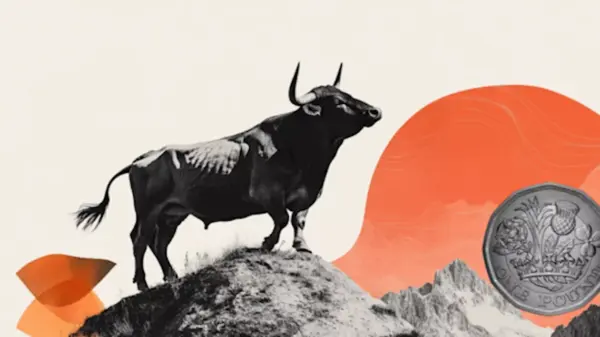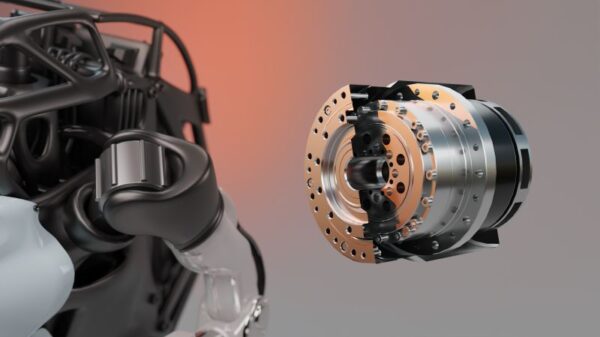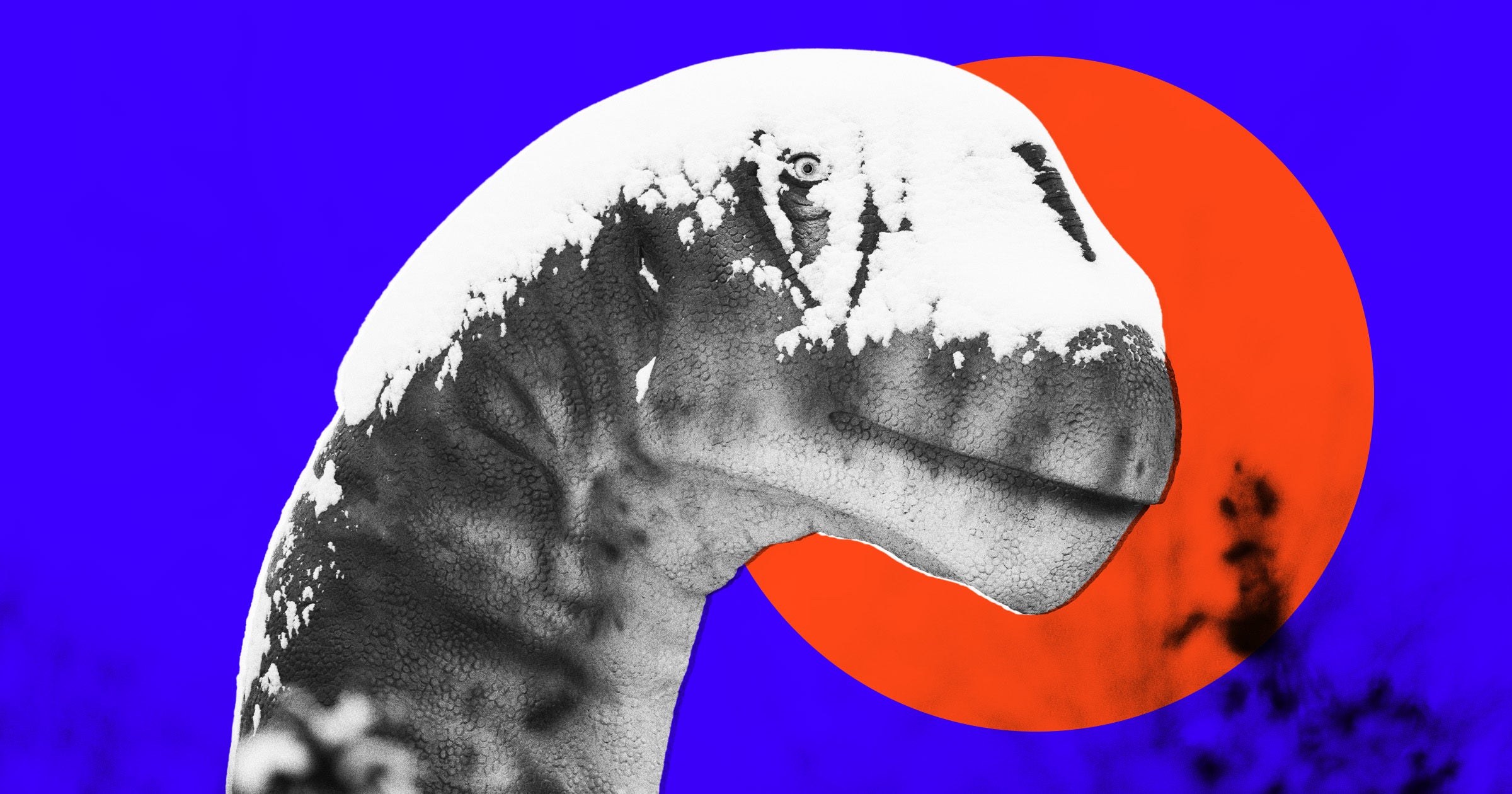Deep beneath the parking lot of the Denver Museum of Nature and Science, scientists uncovered a remarkable find: a dinosaur fossil dating back approximately 67.5 million years. The discovery occurred during a project aimed at exploring geothermal heating options beneath the museum, revealing a vertebral fragment from an ornithopod—a classification of bipedal, herbivorous dinosaurs from the Cretaceous period.
The fossil was located about 763 feet below ground, making it the oldest and deepest dinosaur fossil unearthed within Denver’s city limits. According to a report published in the journal Rocky Mountain Geology, this fortunate discovery was made by researchers who had initially set out in January 2023 to drill under the museum’s parking lot to assess the feasibility of sustainable geothermal energy.
Chance Encounter Turns into Historic Discovery
The drilling project was supported by a $250,000 grant from Colorado’s governor, Jared Polis. Researchers aimed to explore the potential of using geothermal energy—an ancient renewable resource akin to that harnessed from hot springs. As drilling commenced, the team decided to investigate geological samples, leading to the unexpected revelation of the dinosaur bone.
James Hagadorn, the museum’s geology curator, expressed the astonishment of the team. “It’s basically like winning the lottery and getting struck by lightning on the same day,” he remarked in an interview. “No one could have predicted that this little square foot of land where we started drilling would actually contain a dinosaur bone beneath it!”
The team meticulously analyzed the fossil to confirm its origin, ultimately identifying it as a bone fragment from an ornithopod. While researchers cannot definitively state the species or the circumstances of its death, the find is significant due to its timing. The fossil comes from an era just prior to the mass extinction event that eradicated the dinosaurs.
Impact on Science and Public Engagement
This discovery is particularly noteworthy not only for its rarity but also for its connection to urban paleontology. As outlined in the findings published in Rocky Mountain Geology, such urban discoveries have the potential to ignite public interest in science and foster a deeper appreciation for natural history.
Hagadorn emphasized the importance of this find, stating, “This is a scientifically and historically thrilling discovery.” He noted that while urban paleontological findings are uncommon, their occurrence can significantly enhance public engagement with science and the natural world.
In summary, the uncovering of this ancient dinosaur fossil beneath the Denver Museum of Nature and Science represents a serendipitous intersection of modern science and ancient history. As researchers continue to study the fragment, it not only adds to our understanding of prehistoric life but also inspires curiosity and excitement among the public regarding the mysteries of the past.





































































